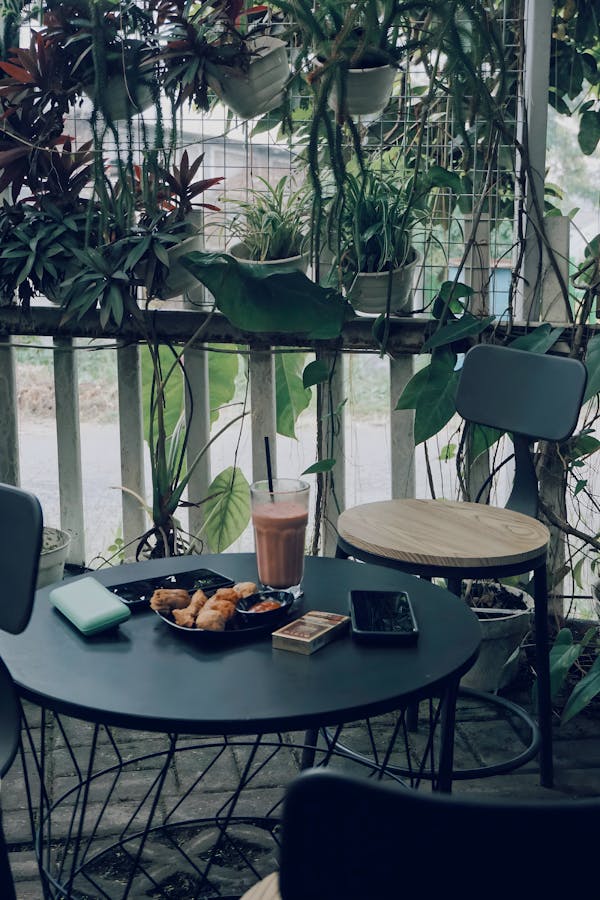Home for a Gnome?
Kitsch is defined by several dictionaries as relating to poor quality or gaudy art objects that appeal to “low-brow” taste. But in the garden, kitsch categorizes folksy or commercial art that’s viewed condescendingly by some, and with irony by others. It’s this irony (this stuff is so bad it’s good) that has made items such as pink flamingos and garden gnomes more widely popular in recent years.
Garden gnomes have long been popular in Europe, especially in the middle European countries of Germany, Austria and Czechoslovakia. In fact, the city of Usti nad Labem in the Czech Republic has declared 2004 to be the Year of the Gnome.
Worldwide popularity of these dwarvish creatures was given a boost after the release of the French film Amelie in 2001. The title character in that movie, frustrated by her father’s refusal to travel in his retirement, abducts his garden gnome and sends it around the world with a flight attendant friend.
But from where did these garden creatures spring? The word “gnome” comes from the same root word as the verb “to know.”
It is thought that gnomes were named by Paracelsus, a 16th century physician and alchemist. Paracelsus authored a theory of the elements that included the belief that gnomes had occult knowledge of the earth.
From that theory sprang folklore tales that established a mythical society for gnomes. People said that gnomes expressed greetings, farewells and goodnights by rubbing noses. They developed stories that the creatures lived to 400 years, with the male gnomes greying very early in life and indulging in pipe-smoking.
Gnomes were divided by folklore into different types, with the house gnome and the garden gnome being the most represented. People believed that gnomes were a good luck charm, a symbol that the forces of nature were on their side. In parts of Europe, statues of garden gnomes have been, and still are, considered status symbols of success.
So much have gnomes captured the popular imagination, that in July 2003 Australia saw “Take your garden gnome to work” day, and recently the BBC urged listeners to hunt out “gnome-infested” gardens in central England. Although tongue-in-cheek, the BBC’s disclaimer to take no risks because they “believe (gnomes) are still a potential source of harm” carries on the folklore legends.
In addition, several gnome “liberation” groups profess to free the statues from enslavement in gardens across America and Europe.
According to legend, house and garden gnomes help with chores around the home, like sweeping the floor or planting. This is the reason many statues of gnomes hold hammers, axes or shovels, or are pushing wheelbarrows.
Many contemporary statues depict gnomes sunbathing, swinging and otherwise relaxing. Several modern artists have specialized in creating statues and painting of gnomes, and many people are avid collectors. Others have opted out of the gnome movement, based on the gnomes’ legendary association to spirits and the occult.
Will there be a gnome in your garden?






